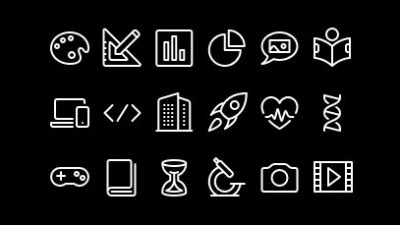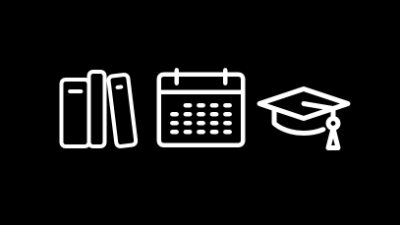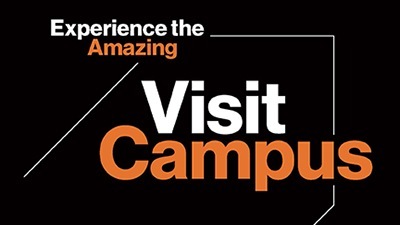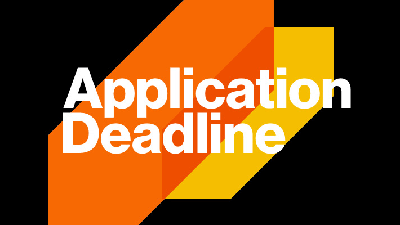
Camille Ouellette
Senior Lecturer, Science and Mathematics
Department of Science and Mathematics
National Technical Institute for the Deaf
585-475-6195
Office Location
Office Mailing Address
85 Lomb Memorial Drive Gosnell A146 Rochester, NY 14623
Camille Ouellette
Senior Lecturer, Science and Mathematics
Department of Science and Mathematics
National Technical Institute for the Deaf
Education
BS, Rochester Institute of Technology; MS, Johns Hopkins University
585-475-6195




